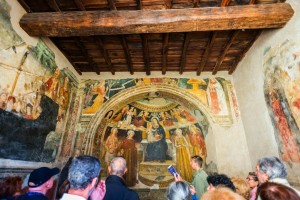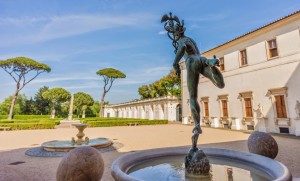
The courtyard and Italian style gardens inside the Academie Nationale de France, housed in Villa Medici
This weekend Rome had an event, “Open House Roma”, where lots of palaces, churches, and state buildings were open to the public, for free, and with guided tours. Depending on the place, there was one tour, tours every hour, reservations only, or walk-ins allowed. We found out about the even via a poster on our local piazza, then proceeded to forget about it for a few weeks. When we finally remembered and found the website to reserve spots, everything cool was booked solid. Luckily, Italians are pretty flaky as a general rule and enough people did not show up for their free reservations that we had no problem getting in anyway.
We spent the whole day Saturday on foot, walking from our house near Re di Roma, to the Colosseum, to Piazza Venezia, to Villa Borgese, and reverse. So I spent Sunday siting on my butt at my computer to compensate. I had tentatively thought about heading out again and trying to get into the Senate, but it will be open again.

Basilica San Giovanni in Laterano
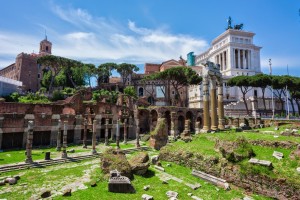
Roman Forum
The city was really packed. I imagine it is a combination of Spring being a beautiful time of year for a European vacation and that it was the weekend, when more Italian and European visitors make a short trip to Rome. The Pope was also greeting a large group of school children today. And, finally, there was a protest in the afternoon. We did not see the protest (or maybe a parade?) itself and I have been unable to fine any news saying what it was. There are a lot of protests in Rome, so that’s not too surprising. We did pass the after effects: waves of openly smoking young people and drug dealers in a frequency that would have made me double-take even in Golden Gate Park, followed by streets blocked off and littered with trash and broken beer bottles, then finally hordes of police vehicles and geared-up officers who were taping off sections of streets as we got closer to home, were presumably the demonstration was headed but had not yet arrived.
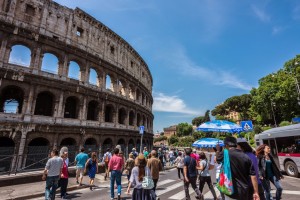
Crowds outside the Colosseum
Our first Open House Roma stop was the French Academy in Rome, or “Académie de France à Rome” as the French call it, or “Accademia di Francia a Roma” as the Italians call it located in Villa Medici (Medici like the family who ruled Florence during the Renaissance). They say this villa is located “inside” Villa Borgese, but it would be more accurate to think of the Borgese and Medici as being neighbors. The Villa is on Pincio Hill, not one of the seven-hills of Rome, because it was outside the sacred wall of Ancient Rome (this was their “country estate”) but it is inside the Aurelian walls (built between 270 and 273 A.D and considered today the boundary of the historical center). While there was a Villa here in Ancient Roman times, what stands today was really built up in the Renaissance. From the Villa Medici website:
Ferdinando de’ Medici (1549-1609), cardinal at the age of 13, collector and sponsor, purchased it in 1576 and asked the Florentine architect Ammannati to build a palace worth the prestige of the Medici family. Devoted to Antiquity, like many of his contemporaries, Ferdinando conceived his Villa representing a museum. He added a gallery where he presented his collection of antique masterpieces. He inserted in the facade a series of antique bas-reliefs. Even the garden was designed in the same spirit of staging, like the botanic gardens of Pisa and Florence designed by his father several years before. Numerous rare species were gathered there, amongst antique statues. Further south, ruins of the Temple of Fortune were overlaid by a belvedere from where one’s sight could embrace the major part of the city and surrounding countryside.
[…]In 1587 Cardinal Ferdinando de’ Medici was called to Florence to replace Francois the First on the throne of Tuscany. He left the decoration of the Villa partly unfinished. The most precious statues and the comprehensive set of the collections were moved to Florence. The Lorraines, heirs of the Great Duchy of Tuscany sold the Villa in 1803.
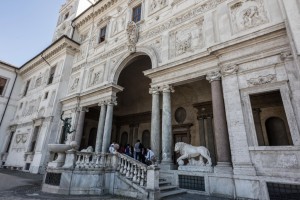
The internal facade of the Academie Nationale de France, housed in Villa Medici. Note the Etruscan tombs incorperated into the design
The buyer in 1803 was Napoleon, who turned the Villa into the art academy which it still functions as today under the governance of the office of culture of France. Artists can apply to stay in this peaceful villa in the center of Rome, but silently surrounded by it’s vast 17+ acre gardens, to study their craft and Italian techniques. Originally only students of Art and Architecture could apply, today everything from Music to Culinary Arts are welcome.

A view of the Italian style gardens from the Cardinal’s chambers of the Academie Nationale de France, housed in Villa Medici
Our tour of the Villa started inside, with Cardinal Ferdinando de’ Medici’s personal apartments– still featuring their ornate furnishings and murals. We then came to the garden where we took in the internal facade. Etruscan tombs are attached to the facade for added decoration; they are actually well incorporated and I would not have realized they were tombs without our guide. This overlooks the classic “Italian Garden” featuring short green shrubs in geometric designs. To the side of this are 16 (four squares of four) perfectly square and equal gardens walled off by tall green shrubs, giving a maze effect. These are being restored to their original Renaissance purposes and some are growing vegetables and grapes. Along the sides of these 16 squares, between them and the Villa wall, are a few outbuildings. One was Cardinal Ferdinando de’ Medici’s personal studio. It is decorated with a study of all kinds of animals painted on its vaulted ceiling in the main room and a mural featuring different reincarnations of the Villa itself in a smaller room. The windows here were, at the time, a view into the unsettled forest surrounding Rome, now it overlooks the busy street Via del Muro Torto. There is also a staircase leading outside the walls of the Villa, which the Cardinal would have used to meet his secret girlfriends. Another small building is full of Medici busts. As we circle around the 4×4 garden squares, back to the building itself, there is a balcony view over the city, where you can see every major sight in Rome, which would have been very similar (if perhaps a bit less filled in between) in Ferdinando’s time.
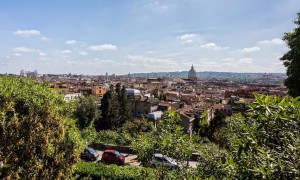
View of Rome’s city center from the gardens of the Academie Nationale de France, housed in Villa Medici. Most prominent in the skyline are the Altare della Patria on the left and the dome of the Vatican center-right
More info:
wikipedia.org/wiki/French_Academy_in_Rome
www.villamedici.it
wikipedia.org/wiki/House_of_Medici
Our second stop on our Open House Roma tour was the Palazzo Venezia. Most tourists stop by Piazza Venezia to see the Altare della Patria (the Alter to Patriotism, some call it “the wedding cake”) which dominates the square. Facing said alter, you could zip off to the left and walk pass the Roman Forum before arriving at the Colosseum, or to the right and arrive at Campidoglio Hill (housing Rome’s City Hall and the Museum Capitolini). Or do an about-face and be looking down Via del Corso, an important landmark in itself having been the location for Rome’s famous Carnival (Mardi Gras) house races and today is a partially-pedestrian street (only buses, taxis, and politicians allowed) housing every brand in Europe. Continue down Via del Corso and you pass some other noble palaces (like Palazzo Doria Pamphilj) and the small streets leading to the Pantheon, the Trevi Fountain, and the Spanish Steps before finishing in Piazza del Popolo. Piazza (and Palazzo) Venezia are about as central as you can get. Even Berlusconi thinks so, he owns a palace just a few yards down from Palazzo Venezia.
You almost wouldn’t notice that there is a little nook to the right of Piazza Venezia which has a different name, Piazza San Marco. Piazza San Marco is, of course, also the name of the main square in Venezia aka Venice. Piazza Venezia and the Altare della Patria are relativity (compared to the age of most landmarks in Rome) new, having been built up from 1911 to 1925.

The Altare della Patria in Piazza Venezia, Rome
It turns out there is history to all of these Venice references in this area, and once again, it comes back to a cardinal. In 1455 Venetian Cardinal Pietro Barbo was put in charge of the church located here, Basilica San Marco. Like most churches, the area in front of it was called piazza same-name, and this is where we get Rome’s Piazza San Marco. Nine years later, he would be named Pope Paul II. He would assign his cardinal-nephew, Marco Barbo, to his old post and enlarge the palace, at this point still called Palazzo San Marco. Several large additions were made. The grandeur was added to by artwork, even murals, which were scavenged from river-side palaces that were being demolished at this time in order to build up the (still in use) embankments. The final palace greatly outshined the basilica it was “supporting”.

Fresco ceiling in Palazzo Venezia that was taken and relocated here from another palazzo, which had to be destroyed to build Rome’s river embankments
In the following years, the palace was used as a summer home for the pope. Then in 1564 the pope (at this point Pius IV Medici) gifted the palace to the Republic of Venice, who in turn, used it as their embassy to Rome. From this point on, the palace became known as the Palace “of” Venice, or Palazzo Venezia.
The palace remained the property of Venice up until Italy unified in 1861. Then in the Treaty of Campo Formio it became the seat of the Austrian Diplomat. In 1910, one of the palace’s gardens was relocated to the other side of the palace to make room for Piazza Venezia (where we started our story). Then in 1916, shortly after completion, the Italian Royalty recovered ownership of the palace and established a museum, which opened in 1921.

View into the courtyard of Palazzo Venezia
The palace took a major turn from 1929 to 1943, when it served as the headquarters for the Italian Fascist government. They say they never turned the lights out, so the people would know their government was always working for them. We got to see Mussolini’s room, which was styled in a somewhat tacky zodiac design painted in a far inferior manor to the Renaissance works housed in the adjacent rooms. His final mistress (there were many, along with two different wives), Clara Petacci, apparently liked astronomy.

Zodiac themed ceiling in the room used by Mussolini and his Astrology-loving mistress, in Palazzo Venezia
After World War II, the palace reopened as a museum once again. Notably, there is an impressive collection of ceramics, ranging from early Asian-inspired designs to later works with a stronger European identity, no longer trying to imitate the original Asian styles. Not to mention the walls filled with paintings and the palace itself.

The marble stairway in Palazzo Venezia
More info:
www.museopalazzovenezia.beniculturali.it
If I had to compare the two, it would be difficult. Villa Medici has impressive gardens and still a beautiful interior. It is difficult to reconcile of such a large private open space sitting in the middle of a busy capital city. Palazzo Venezia is in the very heart of the city and even more grand inside– there is a large marble staircase, and room upon room of Renaissance art. Villa Medici, as the house of the French Academy, has no lack of art either, but it is mostly modern works hung on plain white walls, with a few exceptions. Both have made an effort to restore or maintain the Renaissance styles of their peak. Really, I would be happy to live in either one.
Pictures: https://plus.google.com/photos/+KaitlynHanrahanIsidori/albums/6012308555556852785


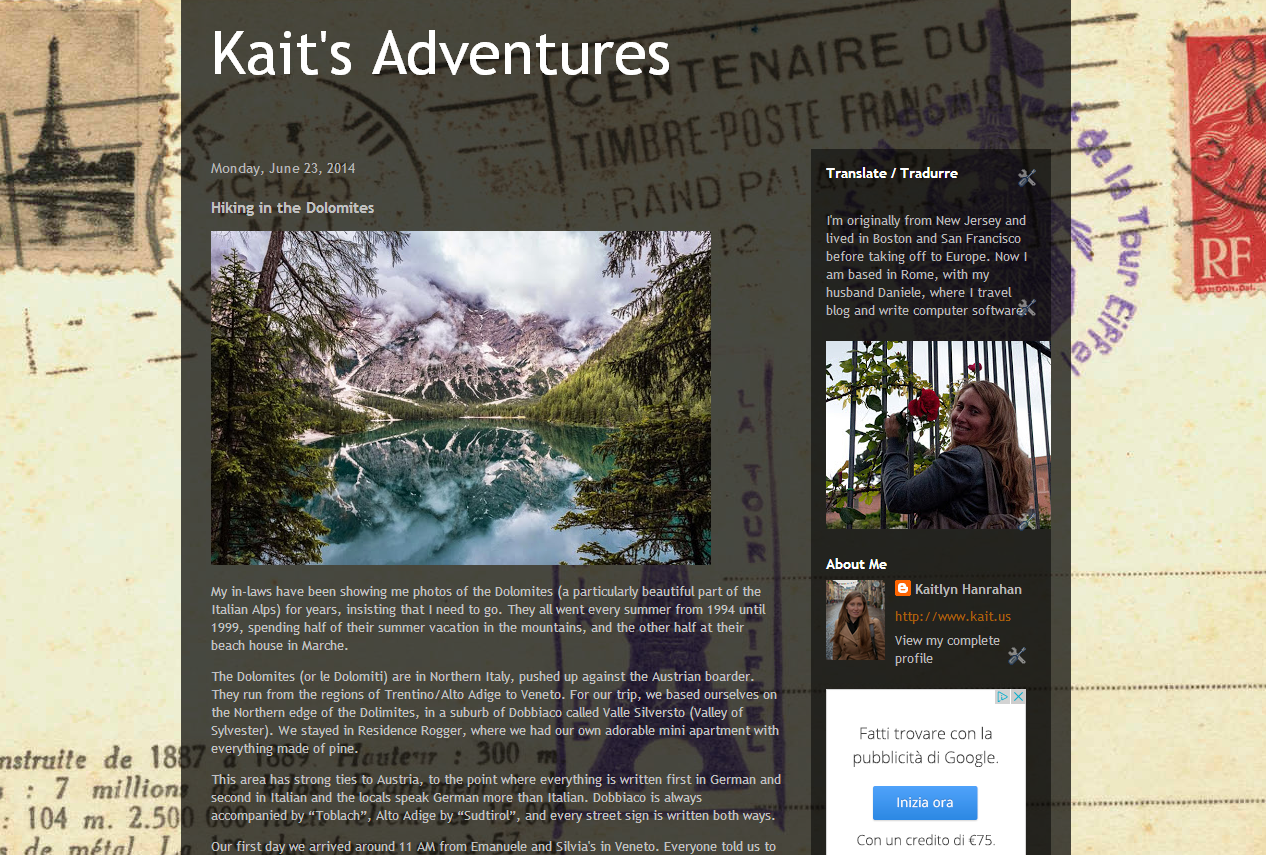
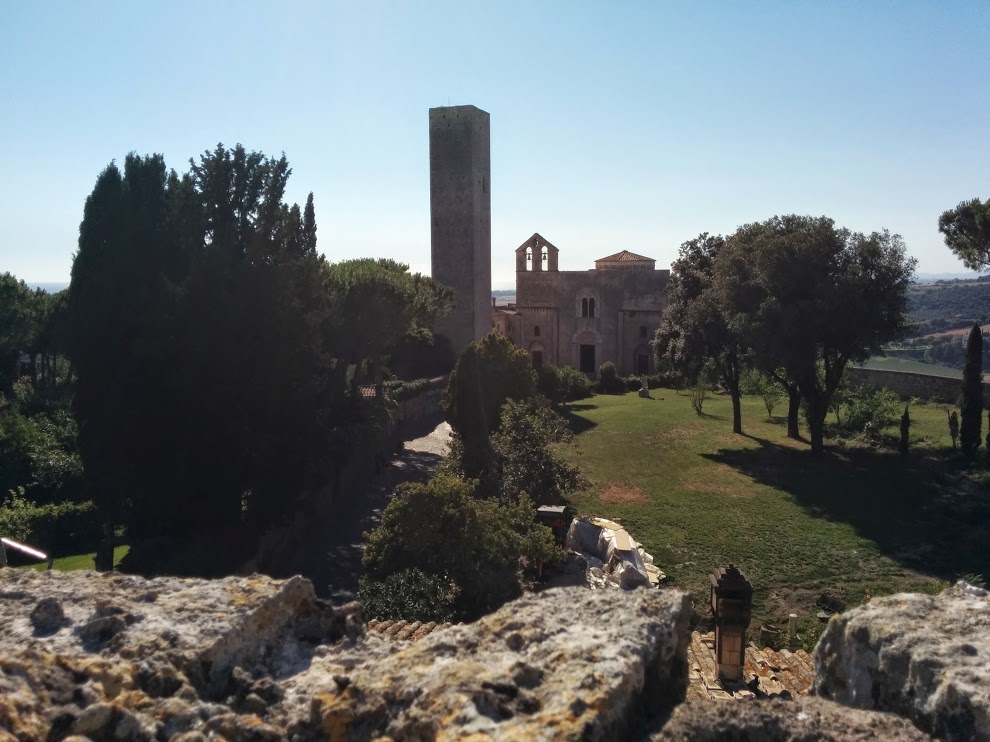

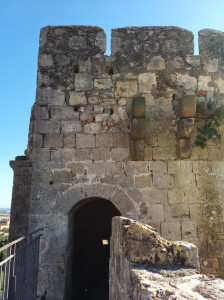
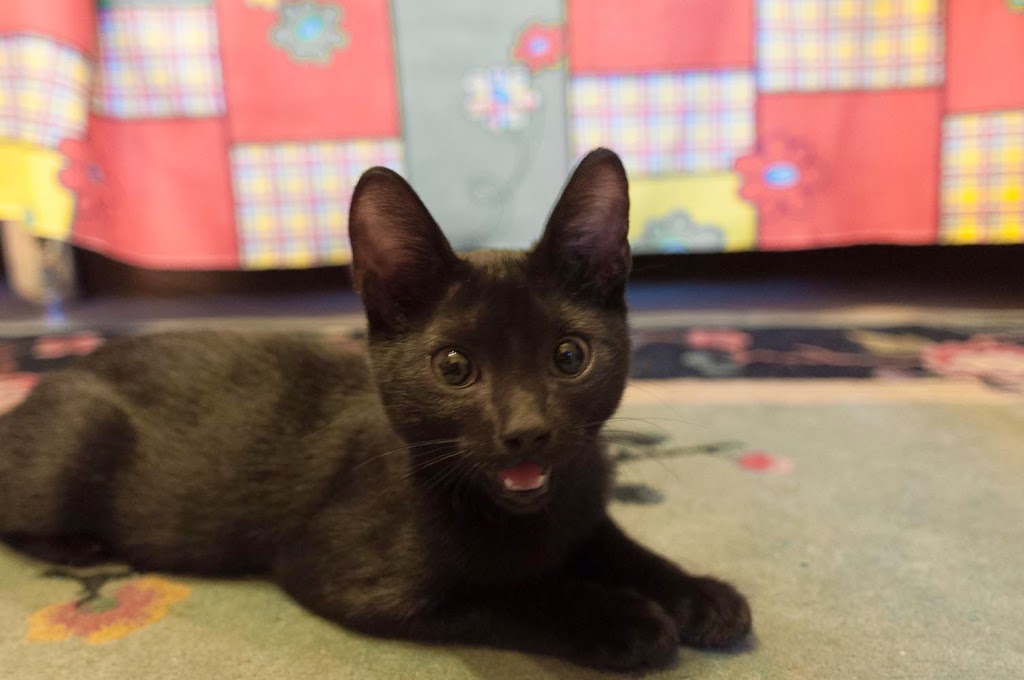

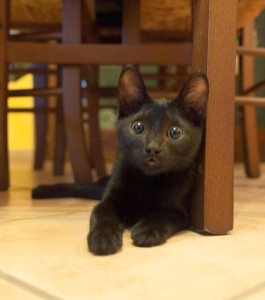





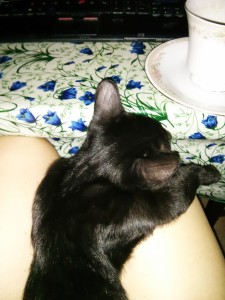















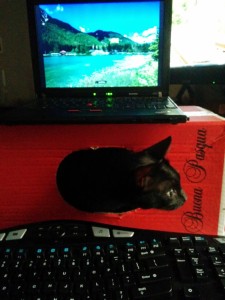




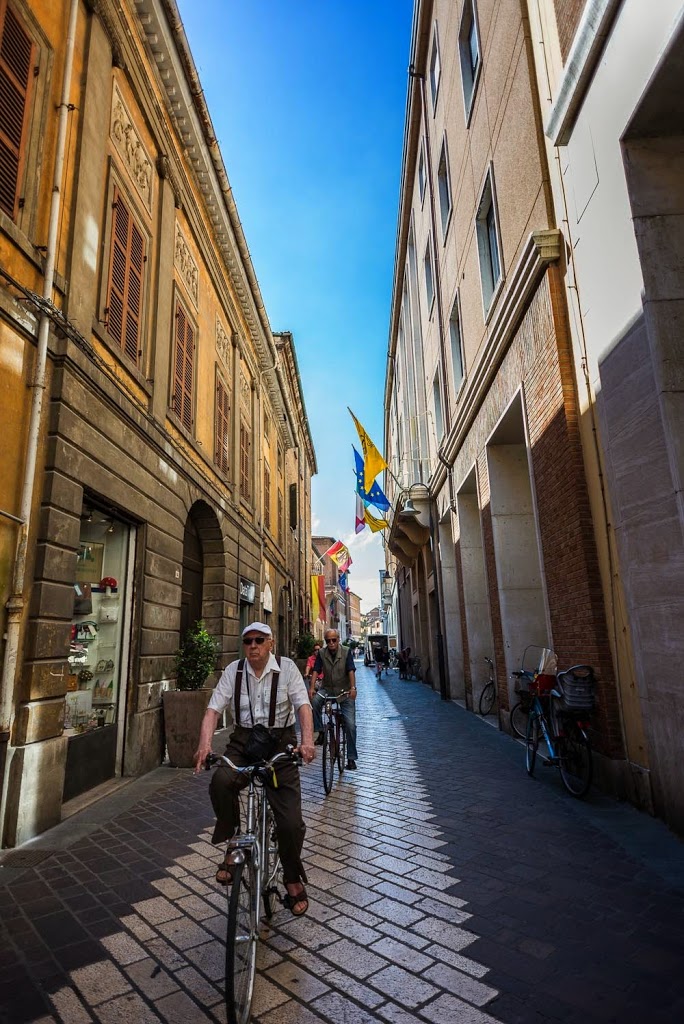







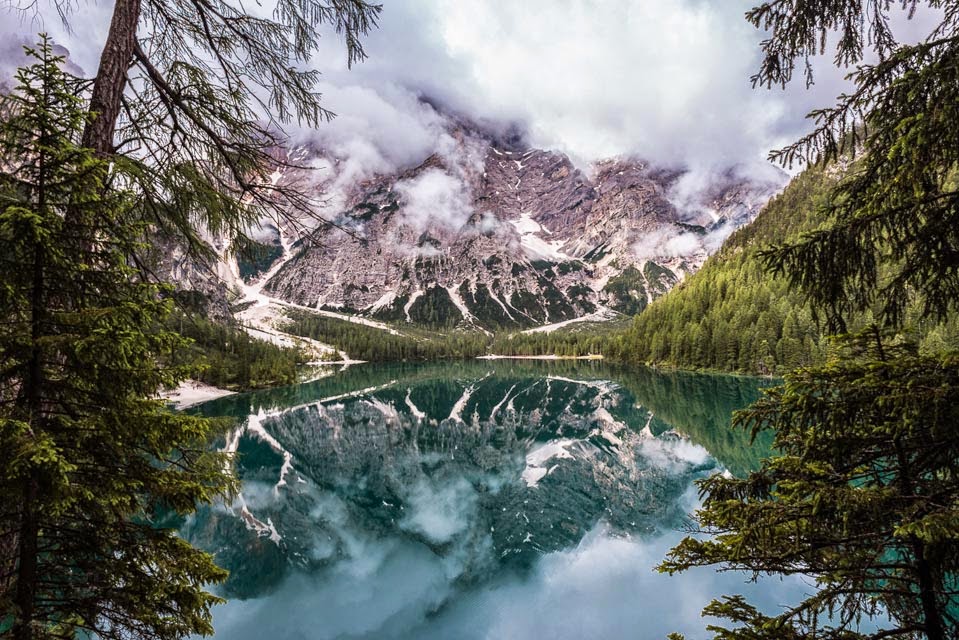








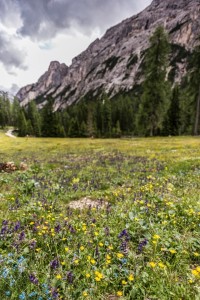













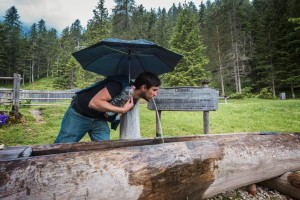

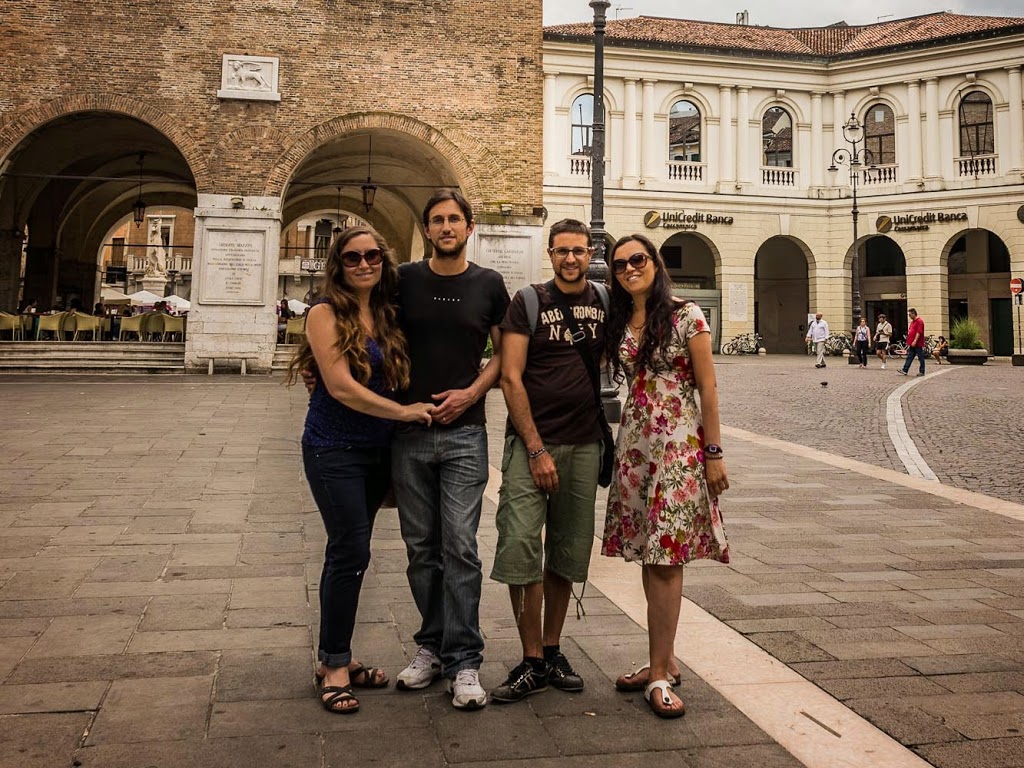
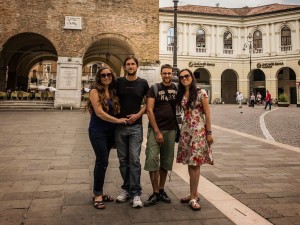
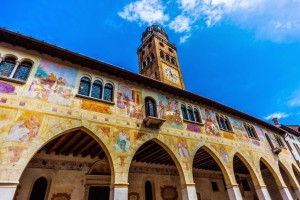
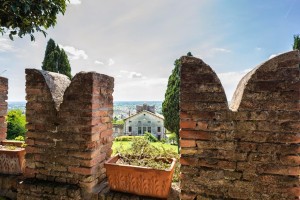

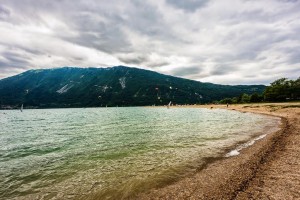
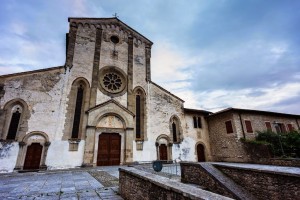
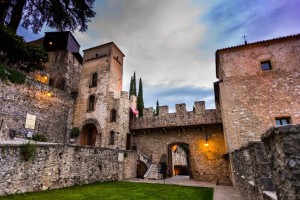

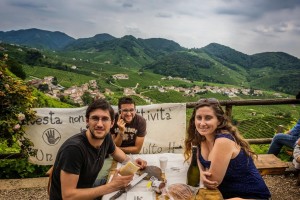
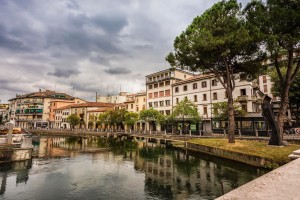

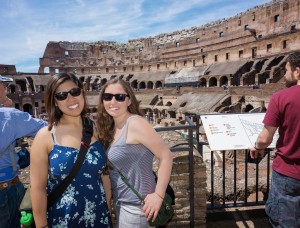





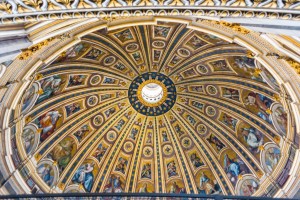 Looking up into the main dome of St. Peter’s Basilica
Looking up into the main dome of St. Peter’s Basilica


















